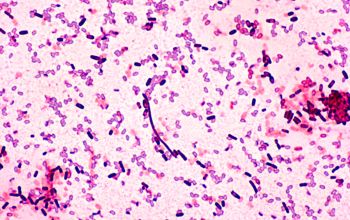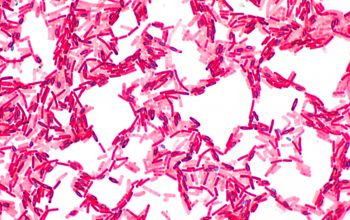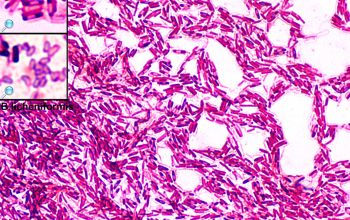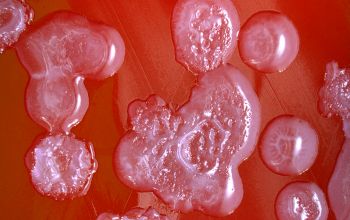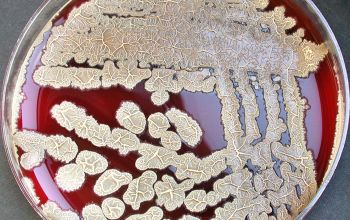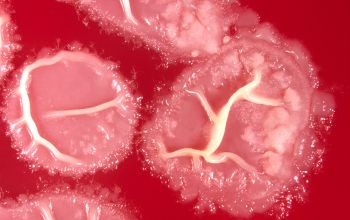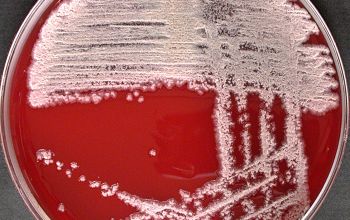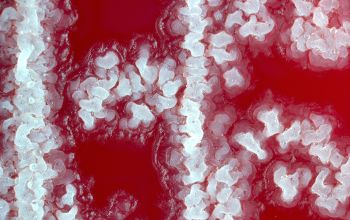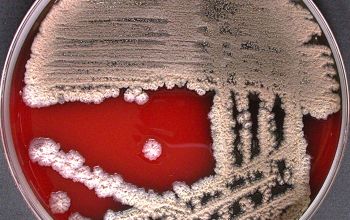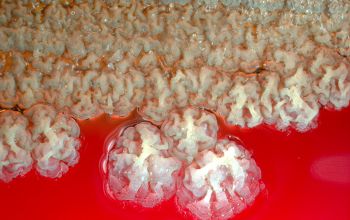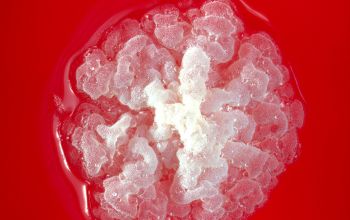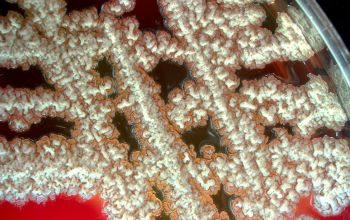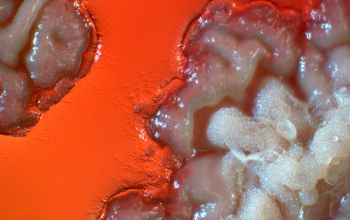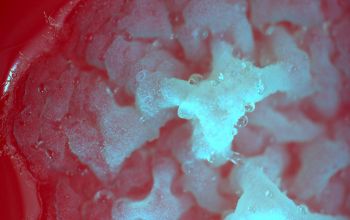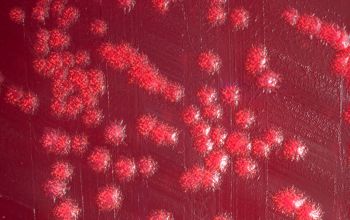Bacillus licheniformis
-
General information
B.licheniformis, B.subtilis, B. amyloliquefaciens and B.pumilus comprise the subtilis group, which has been associated with food borne gastro-enteritis
Taxonomy
Family: Bacillaceae
Natural habitats
Spores occur in soil, dust, water, may survive severe heat treatment
Clinical significance B. licheniformis is generally non-pathogenic but can be an opportunistic pathogen in immunocompromised individuals.
Clinical significance includes:
- Wound infections: Rarely, B. licheniformis can cause infections in patients with compromised immune systems.
- Bacteremia: In rare cases, it has been linked to blood infections, particularly in hospitalized patients.
- Contamination: It can also contaminate clinical samples, laboratory cultures, or medical devices due to its environmental presence.
Overall, B. licheniformis is more recognized for its industrial applications, like enzyme production, than for its role in human disease.
-
Gram stain
Gram positive (variable) rods,
0.6-0.8 x 1.5-3.0 µm
Spore shape: ellipsoidal / cylindrical
Spore position: central, paracentral or subterminal
Sporangia swelling: negative
-
Culture characteristics
-
Facultative anaerobic
BA: large blister shaped colonies, folds after drying, is opaque with age with a dull to rough surface, hair-like outgrowths (“licheniform”), attached strongly to the agar, with margins varying from undulate to fimbriate.
Color is whitish and may become brown, nonhemolytic
Strains isolated from human faeces are hemolytic
McConkey: growth
BBAØ: growth
-
-
Characteristics
-
References
James Versalovic et al.(2011) Manual of Clinical Microbiology 10th Edition
Karen C. Carrol et al (2019) Manual of Clinical Microbiology, 12th Edition

